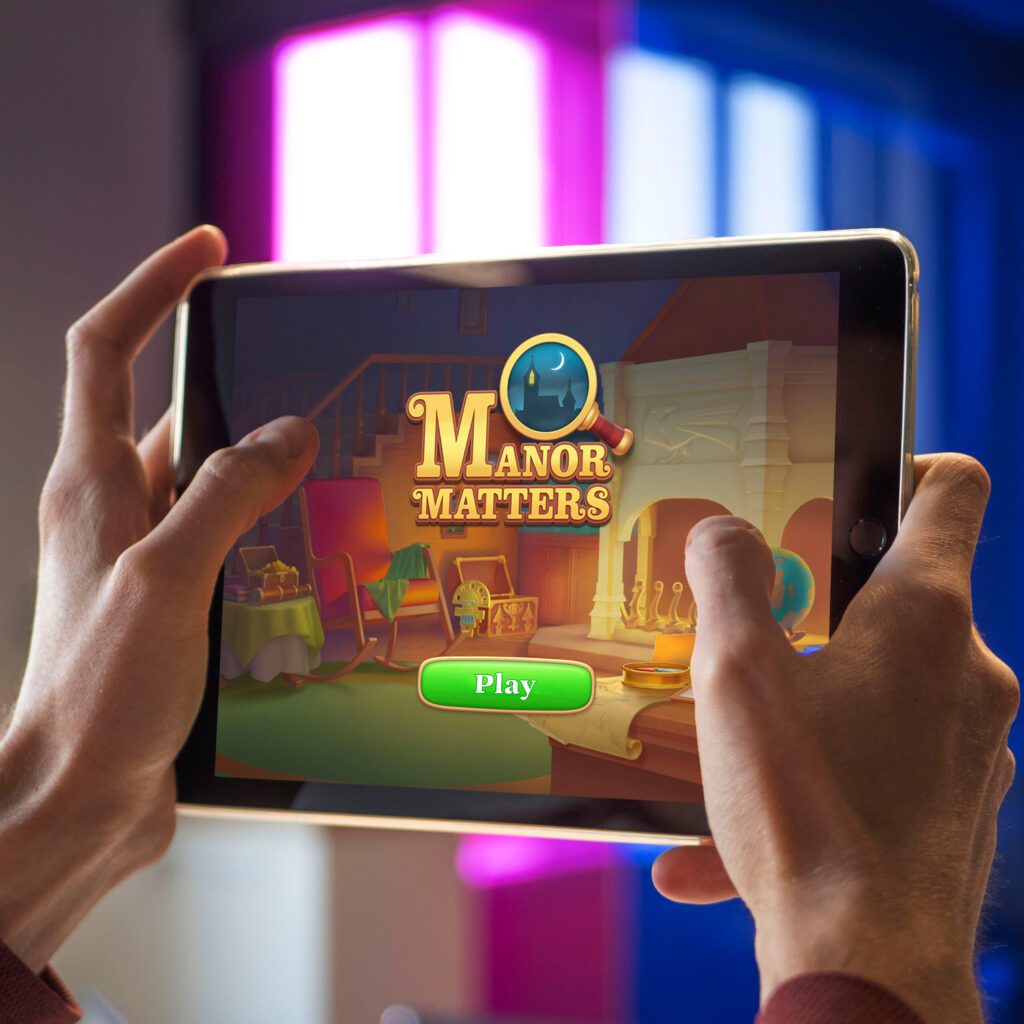The process of creating a video game involves a collaborative effort among designers, developers, artists, and writers. It starts with brainstorming ideas and creating sketches, storyboards, and prototypes to define the game’s mechanics and setting. The design and development team then turns these ideas into a playable game by creating design documents, coding game mechanics, and designing visual assets. The game undergoes testing and iteration to address bugs and gameplay issues before being finalized with polished visuals and sound effects. Marketing materials are prepared for the game’s release on various platforms. Overall, the game design process is a creative and iterative journey that requires teamwork and passion for gaming.
From Sketch to Screen: The Evolution of Game Design Process
Introduction
The process of creating a video game is a complex and challenging endeavor that requires the collaboration of a diverse team of designers, developers, artists, and writers. From the initial concept to the final product, the game design process goes through several stages of evolution, each with its own unique challenges and opportunities. In this article, we will explore the journey of a game from sketch to screen, highlighting the key milestones and decisions that shape its development.
Conceptualization
Game design begins with brainstorming ideas and concepts that will form the foundation of the game. This stage involves creating sketches, storyboards, and prototypes to visualize the game’s mechanics, setting, and characters. The concept development phase is crucial for defining the overall vision and scope of the game, as well as outlining the core gameplay features and objectives.
Design and Development
Once the concept is solidified, the design and development team begins the process of turning the idea into a playable game. This stage involves creating detailed design documents, wireframes, and mockups to define the game’s structure, levels, controls, and UI elements. Developers use programming languages and game engines to code the game mechanics and algorithms, while artists and animators create the visual assets and animations.
Testing and Iteration
After the initial development phase, the game undergoes rigorous testing to identify bugs, glitches, and gameplay issues that need to be addressed. Testers play through the game multiple times, providing feedback on the mechanics, difficulty, pacing, and overall user experience. Developers use this feedback to make adjustments and refinements to the game, iterating on the design and code until it meets the desired quality and playability.
Finalization and Release
Once the game is fully developed and optimized, the finalization stage involves polishing the visuals, sound effects, and music, as well as preparing the game for release on various platforms. This includes creating marketing materials, trailers, and promotional campaigns to generate buzz and anticipation for the game’s launch. The game is then submitted to digital distribution platforms or publishers for distribution and release to the public.
Conclusion
The evolution of game design process from sketch to screen is a collaborative and iterative journey that requires creativity, technical expertise, and a passion for gaming. By following a structured approach and embracing feedback and iteration, game developers can create engaging and immersive games that captivate players and leave a lasting impact on the industry.
